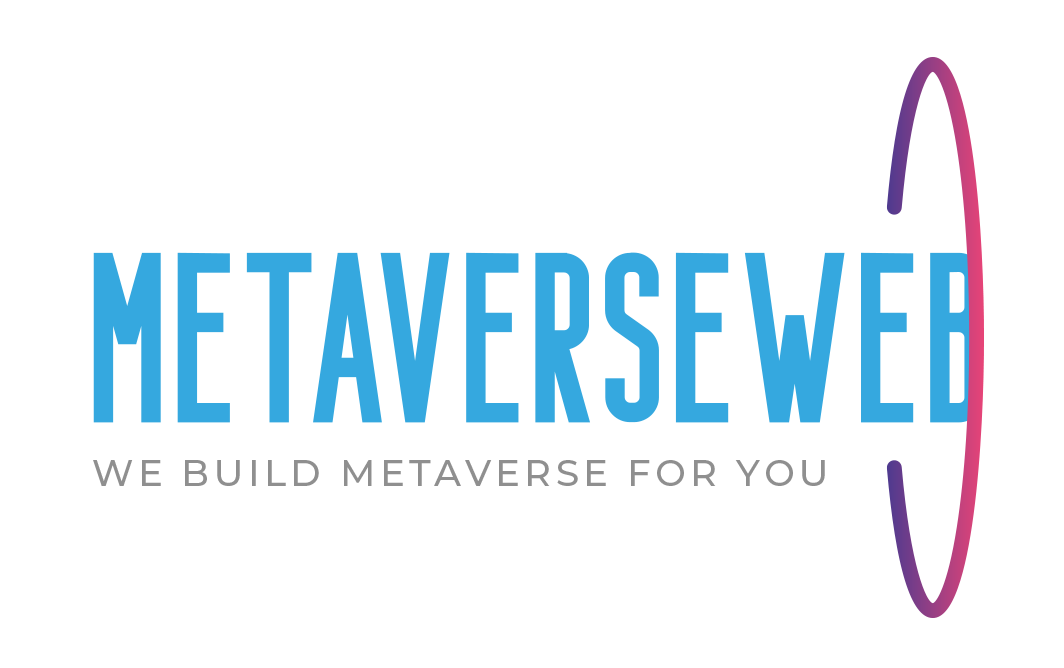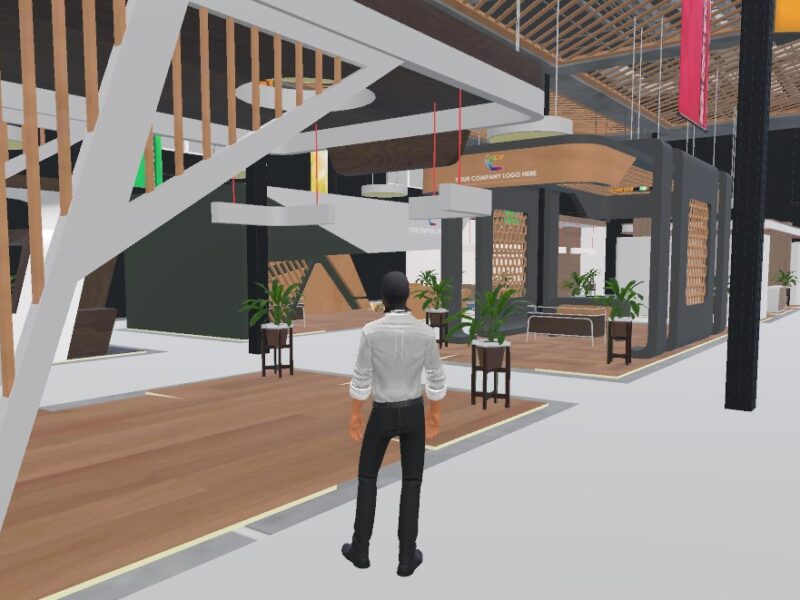Metaverse applications, its uses, examples, prices and who makes it.
The metaverse is a computer-created virtual world in which users can interact. Some examples of metaverse are Second Life and Habbo Hotel. In this article, we will cover metaverse applications, their uses, examples, prices and who makes them.
What is the metaverse?
The metaverse is a virtual representation of reality in a distributed computing environment. It is a digital world in which users can interact and create content, as well as access services and applications. The metaverse is composed of numerous servers and devices connected to each other, allowing users to communicate and collaborate with each other.
How does the metaverse work?
The metaverse is a science fiction concept that refers to a virtual world in which users can interact in a similar way as they do in the real world. This interaction can include the use of avatars, the creation of objects and scenarios, and participation in social activities. Unlike the real world, the metaverse is fully controlled by its users, allowing them to experience a much greater sense of freedom.
What can you do in the metaverse?
The metaverse is a network of user-created 3D virtual worlds that can be explored and customized. In the metaverse, users can interact with other users and avatars, as well as create and share content. There are various applications for the metaverse, such as games, entertainment, education, work and more. Prices for metaverse applications vary, but there are many free options available. Some of the companies that offer metaverse apps include High Fidelity, JanusVR, Somnium Space and VRChat.
What are metaverse applications?
The metaverse is a concept that refers to the simulation of a real or imaginary world on a computer. This idea originated in science fiction books, but has come to life in the real world as technology advances.
There are a number of applications for the metaverse, from video games and virtual learning environments to online meeting and conference spaces. These tools are allowing people to experience new ways of interacting with others and the world around them.
What are examples of metaverse usage?
The metaverse is an abstract concept that refers to a virtual space in which users can interact with each other and with objects in a realistic way. This technology is being developed by several companies and is increasingly being used in different fields, such as education, entertainment or work. Below are some examples of metaverse usage.
-In education, the metaverse is being used to create immersive learning environments in which students can interact realistically with content and with other students.
-In the workplace, the metaverse is being used to create virtual collaboration spaces in which employees can realistically interact with each other and with objects.
-In entertainment, video games are being developed in which players can realistically interact with other players and the environment. Movies and television shows are also being created in which viewers can realistically interact with characters and the environment.
What is the price of the metaverse?
The price of a metaverse application varies depending on the developer and the size of the virtual world. There are free applications, such as Second Life, and paid applications, such as Minecraft. The cost of paid applications is usually lower than traditional games, since there is no need to print or store physical copies. Prices also vary according to the quality and complexity of the virtual world.
At Metaverseweb we have a flat rate for the metaverse, we do a turnkey package that includes (server management, interface, custom world design or use our predefined worlds etc. we take care of everything for you for a flat rate and integrate it into your website so that your web visitors can enter with 1 click to the metaverse.
What are the pros and cons of a metaverse?
The metaverse is a concept that has become popular in recent years and refers to a virtual environment in which users can interact in a similar way as they do in the real world. While the metaverse can provide a very immersive experience, it also has its limitations. Some of the
Pros and cons of the metaverse are discussed below:
Pros:
-It can provide a highly immersive experience.
-Users can interact with each other in a very natural way.
-The technologies used to create the metaverse are constantly evolving, so they are expected to improve significantly in the future.
-Because the metaverse is entirely digital, it is not subject to the physical constraints of the real world. This means that the possibilities are virtually endless.
Cons:
-Most metaverse environments are private.
Alternatives to the metaverse?
The metaverse is a virtual representation of reality, either in the form of a 3D world or a video game. There are many applications for the metaverse, from entertainment to education to business. Below are some alternatives to the metaverse.
- 3D virtual worlds
3D virtual worlds are applications based on reality, but represented in a three-dimensional environment. Players can interact with objects and characters in these worlds in a similar way as they would in real life. Examples of 3D virtual worlds include Second Life, Habbo and IMVU. - Online video games
Online video games are game applications that can be played online with other players. These games often include social features, such as chat, and offer a more immersive gaming experience than traditional video games. Examples of online video games include World of Warcraft, League of Legends and Overwatch. - Virtual reality applications
Virtual reality applications offer a more immersive experience than 3D virtual worlds and online video games. These applications typically use virtual reality devices, such as the Oculus Rift goggles, to create a 3D environment in which players can interact in a natural way. Examples of virtual reality applications include Google Earth VR, Minecraft VR and Job Simulator. - Augmented reality applications
Augmented reality applications mix elements of the real world with virtual objects. These applications typically use the device’s camera to superimpose virtual objects over the real-world image. Examples of augmented reality applications include Pokémon GO, Jurassic World Alive and The Walking Dead.


 creating corporate metaverse / virtual showroom
creating corporate metaverse / virtual showroom
Leave a Reply